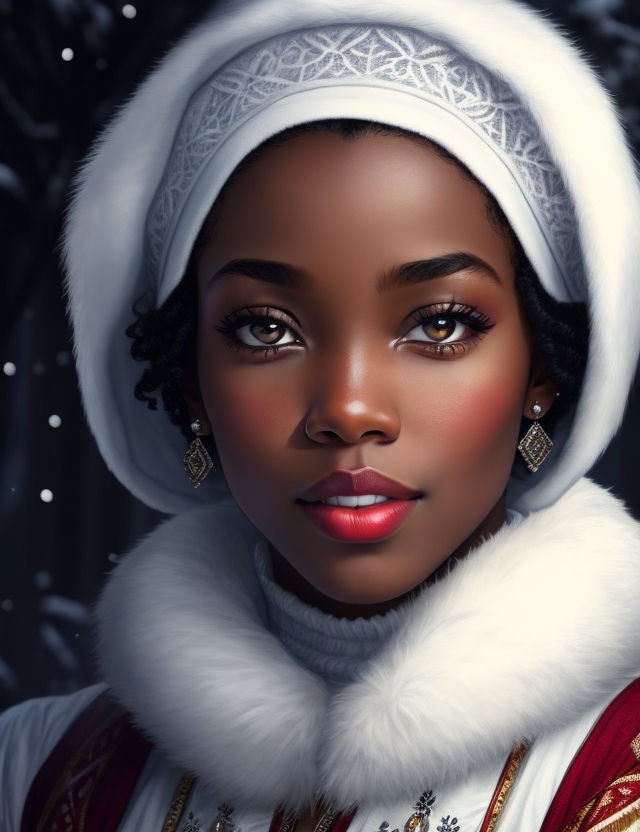
Introduction
This is the first section of the blog post, which provides some background information on Disney's live action remakes of their classic animated films, and explains why gender swapping is a controversial issue among fans and critics.
What are Disney's live action remakes?
Disney's live action remakes are films that recreate the stories and characters of their animated counterparts using live actors, computer-generated imagery (CGI), and other cinematic techniques. They started in 1994 with The Jungle Book, and have since become a lucrative trend for Disney, with more than 20 films released or announced so far. Some of the most popular examples include Beauty and the Beast (2017), Aladdin (2019), The Lion King (2019), and The Little Mermaid (TBA).
Why is gender swapping a controversial issue?
Gender swapping is the practice of changing the gender of a character from the original source material, usually from male to female or vice versa. It differs from race swapping, which is changing the race or ethnicity of a character, in that it often involves more significant changes to the character's personality, role, and relationships. Gender swapping can be seen as a way of diversifying the cast, challenging gender stereotypes, and appealing to new audiences, but it can also be seen as a way of erasing or disrespecting the original character, pandering to political correctness, and alienating loyal fans.
Gender Swapping in Recent Disney's Live Action Films
Mulan (2020)
This is a subheading that describes how Mulan (2020) changed the gender of some of the characters from the original animated film, such as Commander Tung and Xianniang, and how this affected the plot, the themes, and the reception of the film.
Mulan (2020) is a live action remake of Mulan (1998), which tells the story of a young woman who disguises herself as a man to join the army in place of her father. The film made several changes to the gender of some of the characters from the original animated film, such as:
- Commander Tung: In the animated film, Mulan's commanding officer was Li Shang, a young and handsome captain who also served as her love interest. In the live action film, Li Shang was replaced by Commander Tung, an older and more paternal figure who did not have any romantic involvement with Mulan.
- Xianniang: In the animated film, Mulan's main antagonist was Shan Yu, a ruthless leader of the Huns who invaded China. In the live action film, Shan Yu was replaced by Xianniang, a powerful witch who could shapeshift into different animals and who had a complex backstory and relationship with Mulan.
The gender swapping in Mulan (2020) had mixed effects on the plot, the themes, and the reception of the film. On one hand, it added more depth and diversity to the female characters, as well as more nuance and conflict to their motivations and choices. On the other hand, it removed some of the humor and romance that made the animated film enjoyable, as well as some of the messages about gender equality and identity that resonated with many viewers. The film received mixed reviews from critics and audiences alike, with some praising its visuals and action scenes, while others criticizing its lack of charm and emotion.
Cruella (2021)
Cruella (2021) is a live action prequel to 101 Dalmatians (1961), which tells the origin story of Cruella de Vil, a notorious fashion designer who wanted to make coats out of dalmatian puppies. The film made several changes to the gender of some of the characters from the original animated film, such as:
- Jasper and Horace: In the animated film, Jasper and Horace were two bumbling henchmen who worked for Cruella and helped her kidnap the puppies. In the live action film, Jasper and Horace were two childhood friends of Cruella who supported her rise to fame and fortune, and who had more distinct personalities and skills.
- Artie: In the live action film, Artie was a new character who was introduced as a flamboyant shop owner who befriended Cruella and helped her with her fashion designs. Artie was also implied to be gay, making him one of the first openly LGBTQ+ characters in a Disney film.
The gender swapping in Cruella (2021) had positive effects on the plot, the themes, and the reception of the film. On one hand, it gave more agency and complexity to the male characters, as well as more humor and chemistry to their interactions with Cruella. On the other hand, it also introduced more diversity and representation to the film, as well as more subversion and challenge to the gender norms and expectations of the 1970s London setting. The film received mostly positive reviews from critics and audiences alike, with some applauding its style and performance, while others acknowledging its risks and surprises.
Gender Swapping in Upcoming Disney's Live Action Films
Peter Pan & Wendy (2022)
Peter Pan & Wendy (2022) is a live action remake of Peter Pan (1953), which tells the story of a boy who never grows up and his adventures with Wendy Darling and her brothers in Neverland. The film will change the gender of some of the characters from the original animated film, such as:
- The Twins: In the animated film, The Twins were two identical boys who were part of the Lost Boys, a group of children who lived with Peter Pan in Neverland. In the live action film, The Twins will be played by two girls, Amelia Crouch and Amelie Eve.
- Tootles: In the animated film, Tootles was another boy who was part of the Lost Boys, and who was known for being clumsy and timid. In the live action film, Tootles will be played by a girl, Florence Bensberg.
The gender swapping in Peter Pan & Wendy (2022) might have interesting effects on the plot, the themes, and the reception of the film. On one hand, it might create more balance and diversity among the Lost Boys, as well as more opportunities for friendship and adventure among them. On the other hand, it might also raise some questions about how gender affects childhood, imagination, and identity in Neverland. The film is expected to be released on Disney+ in 2022, and it is unclear how it will be received by critics and audiences alike.
Snow White (TBA)
Snow White (TBA) is a live action remake of Snow White and the Seven Dwarfs (1937), which tells the story of a princess who escapes from her evil stepmother and finds refuge with seven dwarfs in a forest. The film will change the gender of some of the characters from the original animated film, such as:
- The Prince: In the animated film, The Prince was a handsome young man who fell in love with Snow White at first sight and kissed her to break her curse. In the live action film, The Prince will be played by a woman, Gal Gadot.
- The Huntsman: In the animated film, The Huntsman was a loyal servant of the Evil Queen who was ordered to kill Snow White but spared her life out of... pity and remorse. In the live action film, The Huntsman will be played by a man, Chris Hemsworth.
The gender swapping in Snow White (TBA) might have significant effects on the plot, the themes, and the reception of the film. On one hand, it might create more tension and drama between Snow White and her love interest, as well as more action and conflict between Snow White and her enemy. On the other hand, it might also change some of the messages and meanings of the original fairy tale, such as the role of beauty, power, and love in a woman's life. The film is still in development, and it is uncertain how it will be received by critics and audiences alike.
Conclusion
In conclusion, gender swapping is a practice that has been used in several recent and upcoming Disney's live action films, with varying degrees of success and controversy. It can be seen as a way of updating and diversifying the stories and characters of the classic animated films, but it can also be seen as a way of altering and disrespecting them. The answer to the main question of whether gender swapping is acceptable by the film audience depends on several factors, such as the quality of the film, the expectations of the fans, and the social and cultural context of the film. Therefore, it is not a simple yes or no answer, but rather a complex and nuanced one. Some possible recommendations or suggestions for further research or discussion are:
- Comparing and contrasting gender swapping with other forms of adaptation or transformation, such as race swapping, age swapping, or genre swapping.
- Exploring how gender swapping affects other aspects of the film, such as the music, the costumes, the settings, or the special effects.
- Examining how gender swapping relates to other issues or trends in the film industry, such as representation, diversity, inclusion, or empowerment.
